#Baiae
Text
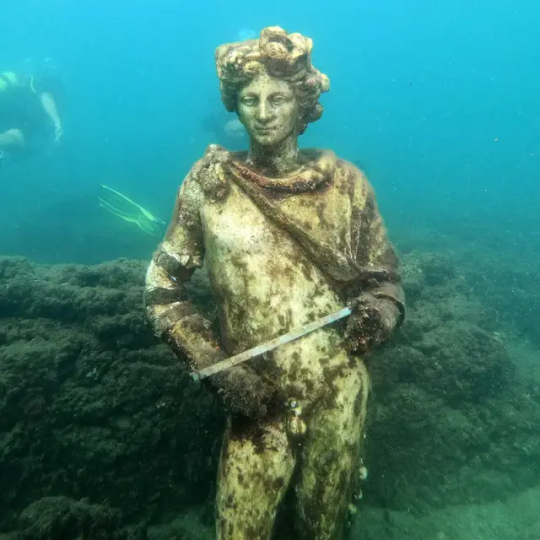

Two of several sculptures from an imperial Roman Villa from 1st century, in the submerged city of Baiae.
The ancient city of Baiae, on the Gulf of Naples, was a favorite vacation spot of the Roman aristocracy since the time of the Republic. Julius Caesar, Marcus Licinius Crassus and Pompey the Great, members of the unofficial coalition named Triumvirate, stayed in its sumptuous villas. Pompey built his villa at the highest part of the coast.
In the 16th century, seismic activity increased, sinking more than half of the city under the shallow waters of the bay.
191 notes
·
View notes
Photo

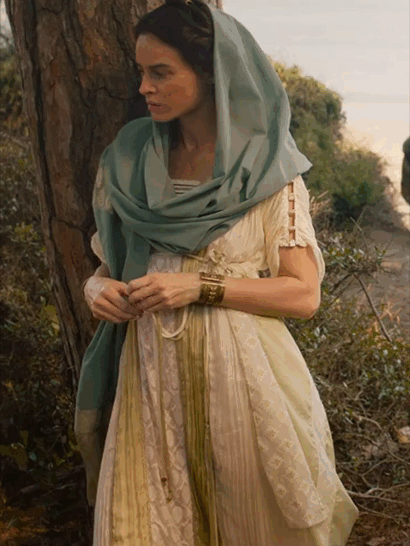




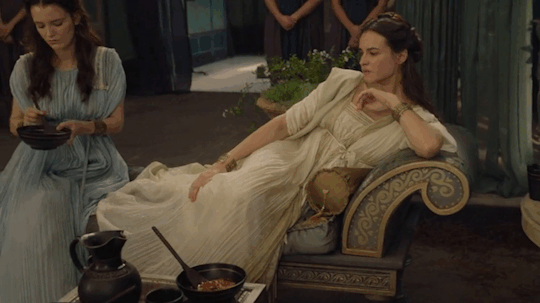
Domina (2021) + Costumes
Livia Drusilla’s white & golden dress in Season 01, Episode 06.
// requested by anonymous
#Domina (2021)#Domina Sky#Livia Drusilla#period drama#perioddramaedit#costume drama#costumes#costumesource#100 BC#white#gold#Baiae#Naples#Italy#Europe#requests
296 notes
·
View notes
Text
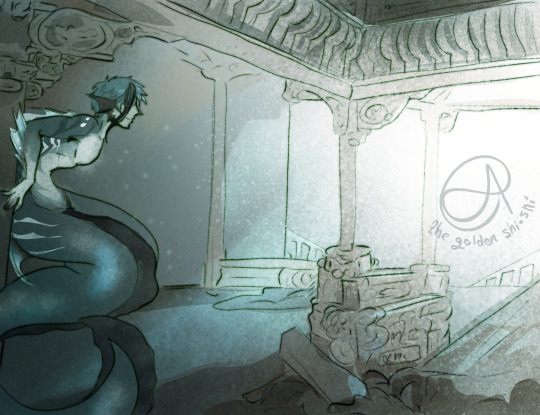
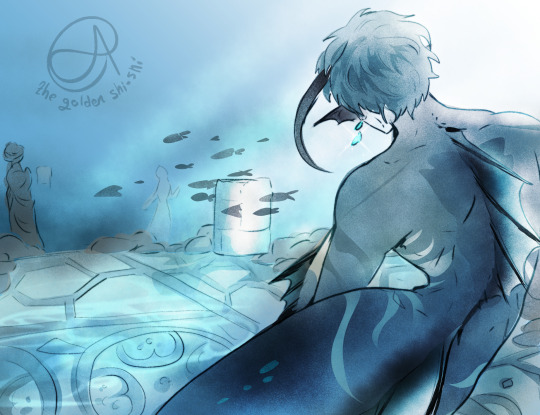
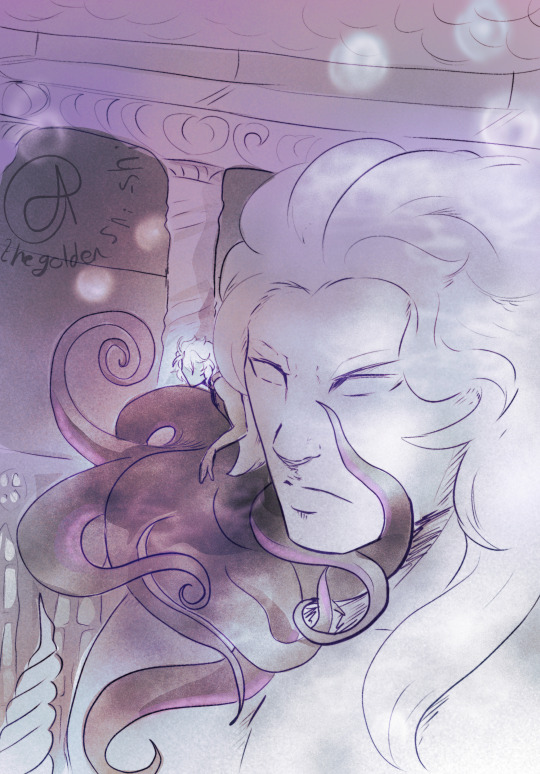
Architecture/ atmosphere studies featuring Octavinelle.
For those interested, my references are: Shicheng City (feat Floyd), Baiae (feat Jade) and Azul in a fantasy setting of my own design.
Azul was a speed-draw, so I may have to redo him at some point
And here is a similar set featuring Savanaclaw
#twisted wonderland#twst#floyd leech#jade leech#azul ashengrotto#twst floyd#twst jade#twst azul#shicheng city#lion city#Baiae#roman architecture#chinese architecture#fantasy architecture#Just barely squeaked in for mermay#mermay 2022
3K notes
·
View notes
Text
Underwater archaeologists have discovered the ruins of spectacular Roman villas dating back 2,000 years in the submerged city of Baiae, Rome’s most luxurious and self-indulgent holiday destination.
59 notes
·
View notes
Text
This is cool. They're monitoring the well-being of the site, environmental factors, etc.
16 notes
·
View notes
Text
Baiae; where the privileged of the Roman upper class indulged in shady affairs
The Ancient Roman Thermal Resort That Got Punished by Its Blessings
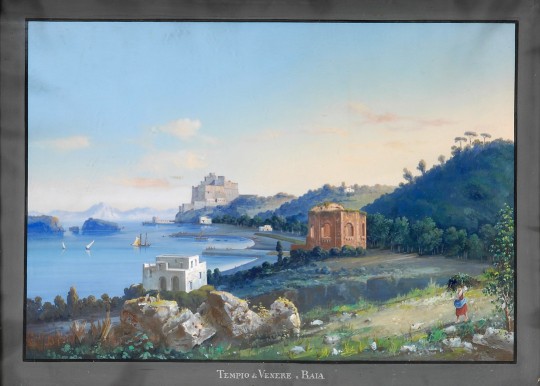
Tempio di Venere a Baia (19th century). Image source: WikimediaCommons.
During Roman times the upper classes had the extravagant habit of searching for elegant and expensive places outside the busy Roman capital, where they purchased fancy villas and luxurious mansions in which they spent their holidays and free time. They fancied spending some quality time far from Rome’s busy, noisy, and dusty metropolis, closer to the countryside in a place for relaxation and pleasure.
Wealthy Romans settled for Capri, Pompeii and Herculaneum. But there was one place that was far more exclusive and classy than the rest of the resorts, it was Baia or Baiae reckoned far superior and fashionable and the visitors that frequented the stylish and trendy thermal resort together with its residents in possession of lavish villas on its beaches and shores were of far higher status. It was the most privileged of the privileged of the Roman upper class, its “Elite”, and the affairs they were indulged in would prove to be far more illicit, shady and sinister than anywhere in the Roman Empire.
In Rome, nothing escaped the watchful eye of the powerful senate, which held an iron grip on Rome and its political leaders. But in Baiae, things were different, it was a place where everything was possible, here things happened through corruption, manipulation and bribes.
Baiae’s Potentials
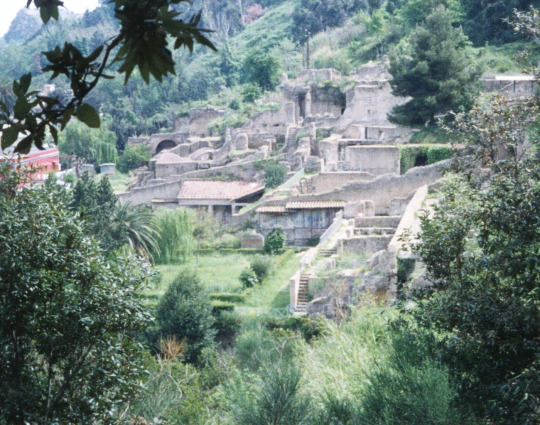
Roman ruins in Baiae, Italy. Image source: flickr.
From the beginning, Baiae wasn’t but an ancient, small, and insignificant Roman town on the northwest shore of the Gulf of Naples. But it was its temperate climate and famous mineral springs that first attracted the high Roman nobles to its shores.
With time it turned into a highly fashionable and popular holiday resort for the Roman Elite. Its caldera peppered coast and the proximity to Naples worked like an on Rome’s ultra-wealthy who took weekend trips here to party.
They were fascinated by Baiae’s thermal heated spas and mosaic-covered pools which created an amazing atmosphere where they could indulge their wildest desires. Here is where they came to carry out illicit affairs, more than 2000 years ago.
Baiae was located directly above a collection of natural volcanic vents which were famously acknowledged for their healing medicinal hot springs. The abundance of these hot springs soon created a grand collection of thermal baths as constructing these spas was easy thanks to the already existing natural springs. The public and private baths of Baiae were filled with naturally warm mineral water directed to the pools from the underground hot springs thanks to the Roman engineers who were able to construct a complex system of chambers that channelled underground heat into facilities that acted as saunas.
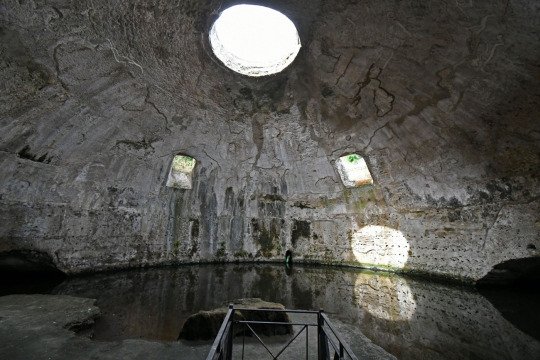
Temple of Mercury, Baiae. Image source: WikimediaCommons.
In addition to their recreational function, the baths were used in Roman medicine, to treat various illnesses, and physicians would attend to their patients at the springs. Baiae was supplied with fresh drinking water from a branch of the Aqua Augusta aqueduct; a cross-section of which can be seen nearby. The water was led via pipelines to an enormous cistern called “Piscina Mirabilis”, this gigantic freshwater cistern provided the whole city of ultra-rich upper-class citizens with fresh water.
Historical Figures in Baiae
There are many tales of intrigue surrounding Baiae, one resident is said to have constructed a Nymphaeum*, surrounded by marble statues and a private grotto dedicated exclusively to earthly pleasures. The guests would gather around the pools not only to bathe but also to have their dinner served as it came floating on enormous dishes down the water in the pools.
*The Nymphaeum served as a sanctuary, a recevoir and a chamber where weddings were held.
Sex scandals were everyday life, and old men came here to become young. Julius Caesar is said to have owned a magnificent mansion in the area, and after he was murdered, Cleopatra is said to have escaped in a boat from Baiae’s shores. Rulers such as Nero and Cicero had their pleasure palaces here and Haridian is said to have died on his property in this city in 138 AD.

The Hemicycle Nymphaeum Theatre, Archaeological park of Baiae. Image source: flickr.
Another dark story is the one when Julia Agrippina plotted her husband’s murder, so her son Nero could become Emperor, on these grounds. She poisoned Claudius with deadly mushrooms, but when he somehow survived the attempt Agrippina got her physician to administer a portion of poisonous wild gourd, which finally did the trick.
Baiae was known to be a prominent high-class resort for centuries, it catered the whims among the Roman Elite, it was, therefore, to expect its notorious reputation for its many hedonistic offerings together with widespread rumours of corruption and scandals. The reason the offerings were frequent was due to the fact that the city rested on natural springs, places that were prone to become offering sites in antiquity.
Baiae’s Connection to the Underworld

Sulphurous gas in a volcanic entrance to the underworld. Image source: Pxhere.
The calderas were revered by the Ancient Greeks and Romans as entrances to the underworld and thus had magical powers. But there is also a downside to this. Being close to the underworld means you are close to the gods, they will easily hear your prayers but somewhere on the “Phlegraean Fields” or flaming fields there was an opening guiding you to a long and complex underground tunnel network, it would lead you to the Great Antrum deep down in the ground. The Antrum was the portal to the cave leading to the underworld, through its opening flowed rivers of fire, the fabled rivers of Hades: The Styx and the Phlegethon “rivers of fire”, that boiled the souls of the departed.
Even among many mysteries of the ancient world, the great Antrum on the bay of Naples surely remains among the most intriguing. But the circumstances around the resort also encouraged technological advancements such as the local invention of waterproof cement. A cement that consisted of a mixture of volcanic rock and limestone, it prompted the construction of private fish ponds and lavish bathhouses. Most opulent villas had their own fish farm for their private consumption, but as the seawater in the pool quickly evaporated on hot days, it would become saltier and endanger the fish living in it.
The solution they came up with was to supply the ponds with fresh water, during hot summer days, to reduce the saltiness of the pond and prevent the fish from dying. Oysters were hung by the sea in nets, bound together by a rope, just as it is done today, which makes it easy to get to the oysters.
The area known to the Romans as “Phlegraean Fields” is the region containing the calderas and underground tunnel system that form part of a volcano, the twin of mount Vesuvius that destroyed Pompeii and Herculaneum. It once possessed a crater that measured 13 km (eight miles) across, but most of it is underwater now. The flaming fields contain a total of 24 volcanoes which together with the calderas defined the landscape, ironically it was a fitting name.
Baiae’s Downfall
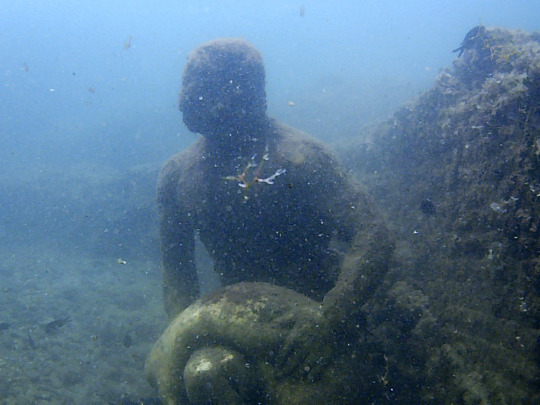
Remains of the Underwater Archaeological Park of Baiae. Image source: WikimediaCommons.
Given Baiae’s sinful reputation it was perhaps paradoxical that the abundant volcanic activity which was the reason for its rise also became its downfall. Over several centuries, bradyseism, the repeated and gradual fall and rise of the Earth’s surface, caused both by hydrothermal and seismic activity as a result much of the city sank into its watery grave, where it sits today. After having seen an aerial photo, taken in the 1940s, rumours started to spread about parts of a hillside with edifices, which had disappeared into the sea.
Twenty years later submarines scanning the area found the lost city, lost since Roman times. Underground pressure had caused the land surrounding Baiae to continuously rise and fall pushing the ancient city’s ruins upwards to the surface only to once again swallow them back into the sea, exactly like a kind of geological purgatory!
It was because of the undulation of the earth, the ruins still lie in relatively shallow waters. But not everything was swallowed by the sea, parts of the city partly escaped the punishment, and a portion of the old resort is still accessible on land; it consists of a barren rubble-strewn plateau. As a consolation, many of the sunken sculptures were actually replicas of the originals that can still be found up on the hill by Baiae Castle.
Fire burst from the rocks in places and clouds of sulphurous gas snakes out of vents leading up from the deep underground. However, the modern Baiae is but a shadow of what it once was, the part remaining on land is surrounded by a hot, smelly sulphurous gas and the part swallowed by the sea is perpetually punished in purgatory. The same forces that once made Baiae so attractive in the first place were to become the ones that destroyed it.
#history#writers on tumblr#writblr#writers#original content#travel#italy#roman#ancient rome#nero#julius caesar#cicero#julia agrippina#baiae#ancient history#resort
4 notes
·
View notes
Text
I finished playing Golden Rose: Book One
And I only have one question: when will there be a book two?
If you don't know what the game is, it's a medieval dystopia where you will play in a text based app. Each choice will affect your character and the text will react accordingly.
I loved the story. Got confused sometimes by all the descriptive texts and the interludes but things made sense as I read it further.
But I absolutely looooooved the fact that I kept playing and at each choice I would check my status to see how my character's atributes were changing. And that made the whole experience more immersing.
I'm the kind of player that would most definitely drop a game because the graphics were awful.

But My friend recommended it to me and I thought "not my cup of tea, but let's give it a chance".
And BOY, what a delightful surprise!!!! I didn't try this option, but it seems you had the option of chosing a name for your character if you didn't like the names they offered. I chose Arya. And it started at Baiae. And it all will only make sense once you close the cycle by getting to the end of the book.

The images bellow are my status i the middle and at the end of the game. So you can see how it changeed. (Thanks Hadrian, for making me pious and emotional!!! 😆).
I wish I could have several save slots, so I could replay without losing this.
I wonder if book 2 will take our book one atributes into consideration so we play with what we achieved.
Once we compare this game to the other visual novels and choices games, you see just HOW complex this game dynamics are. How many games can you list that would change your character atributes, relationship AND the text will react accordingly to your choices? Because I can list several that have only one timeline and our choices don't really matter...



Since the author took several historical instances as facts of the story. Some things got me feeling a little reflexive.
The first that screamed to me was the "Portuguese galleon". I have a Portuguese friend and we discussed several things of the Moor's occupation of the Iberian Peninsula, the Roman colonization of the area know as Portu Calle(Galia?), the Celtics, and how Lion(Leão) gave this fief to a vassal that was very important on conquering Iberia back from the Moors. As payment or recognition for the act... it's been too long ago... the talk I mean. So the eldest country in Europe seems to be Portugal, as the others were formed, fusioned, conquered, and founded after it. Portugal was founded in 1147. And I understand that the recognition of the area as Portugal only begun in 1139. Before that I believe it might have been known as Galian's Port or Port of Galia, or Galia.
Well, the story starts in 68 AD and our MC starts around 1068 AD. And when I read about a Portuguese galleon I started to think if that was right... shouldn't it be referred to as Galian galleon then?
And this got me thinking if the "Italia" part was really called that at the time too.
Then it came to the Aurelius' room with his "shelves full of books". In a time where books were extremely expensive and rare, the monasteries had several of them because they produced the books. And the amount of people that could read was very little. Lol! At the time, not all nobles could read, many couldn't. And that's why decrees were glued to walls and read out loud on public squares. Gutenberg only invented the press in the 1600s and that's what made books cheaper. Knowing that put a smile on my lips as I read about Aurelius' books. In my country we call this creative freedom. And that's beautiful to see.
3 notes
·
View notes
Text
Something fans of The Roman Holidays may want to ponder and ruminate on:
But even then, travel in Roman times was not without its pitfalls. Witness what Seneca had to say about the summer party season in Baiae, a popular summer resort on the Mediterranean:
"Why must I look at drunks staggering along the coast and endure the noise of parties blaring from sailboats?"
#hanna barbera#history headcannon#the roman holidays#imperial rome#summer vacation#baiae#hannabarberaforever
0 notes
Text
Descubre la decadente ciudad de fiesta romana para la élite: Baiae, ahora perdida bajo las olas y víctima de invasores de todos los rincones del Mediterráneo a lo largo de su accidentada historia.
1 note
·
View note
Photo

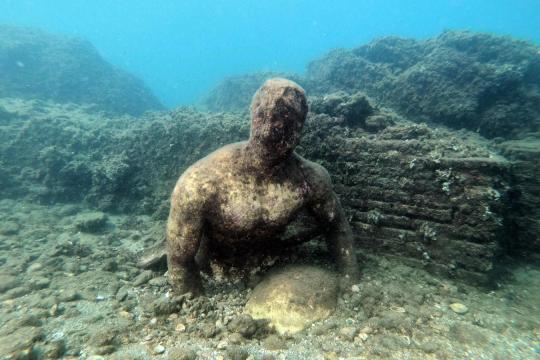


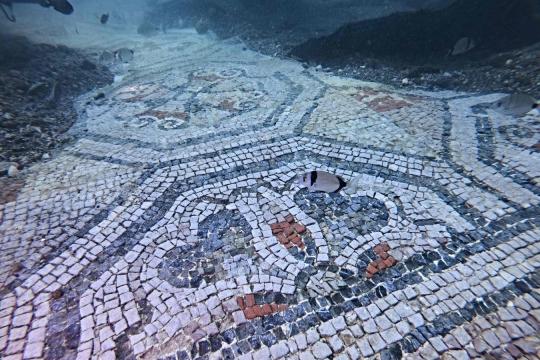
Imperial Rome underwater.
Photos: ANDREA SOLARO / AFP
The imperial residence of Baiae. A statue of Antonia the Lesser, mother of Emperor Claudius.
The nymphaeum of Emperor Claudius. Statue dedicated to Baio, the helmsman of Ulysses, in the submerged nymphaeum of Emperor Claudius, at a maximum depth of 5 meters.
The party town trail. Baiae was the vacation spot for the rich and noble of ancient Rome. In the Archaeological Museum of Campi Flegrei there are many memorabilia of that time, samples of its former opulence. It was a destination for large parties and also a thermal city, the result of volcanic activity in the area. During the twenty centuries that have passed since then, much of the site has sunk between 4 and 10 m. It is believed that around 50% of the built surface is under the sea.
Mosaics from Villa Protiro. Villa Protiro -so called because it had a columned portico in front of the entrance door- is one of the many villae maritimae (maritime village) integrated into ancient Baiae.
Mosaics in the Lacus Baianus area, where we find the imposing remains of two villas.
956 notes
·
View notes
Text

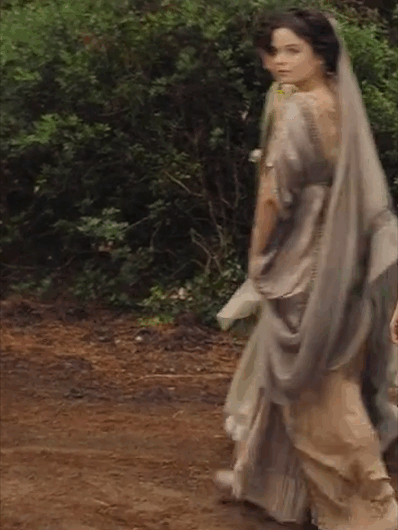

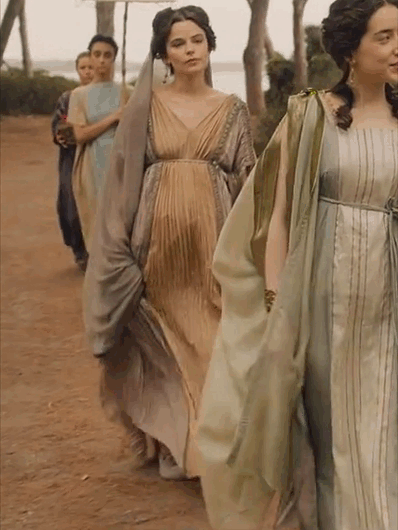


Domina + Costumes
Marcella's grey & orange dress in Season 01, Episode 06.
// requested by @idreamhistory & @butterfliesjewels2134
#Domina Sky#Domina (2021)#Marcella#Claudia Marcella Major#costumes#costume drama#costumesource#period drama#perioddramaedit#100s BC#grey#orange#Baiae#Naples#Italy#Roman Empire#Europe#requests
66 notes
·
View notes
Photo

History Events on July 10
0 notes
Text
The Romans loved to drink and party and one of their favorite places to do so was Baiae. That is until it sank beneath the waves, becoming an archaeological park.
25 notes
·
View notes
